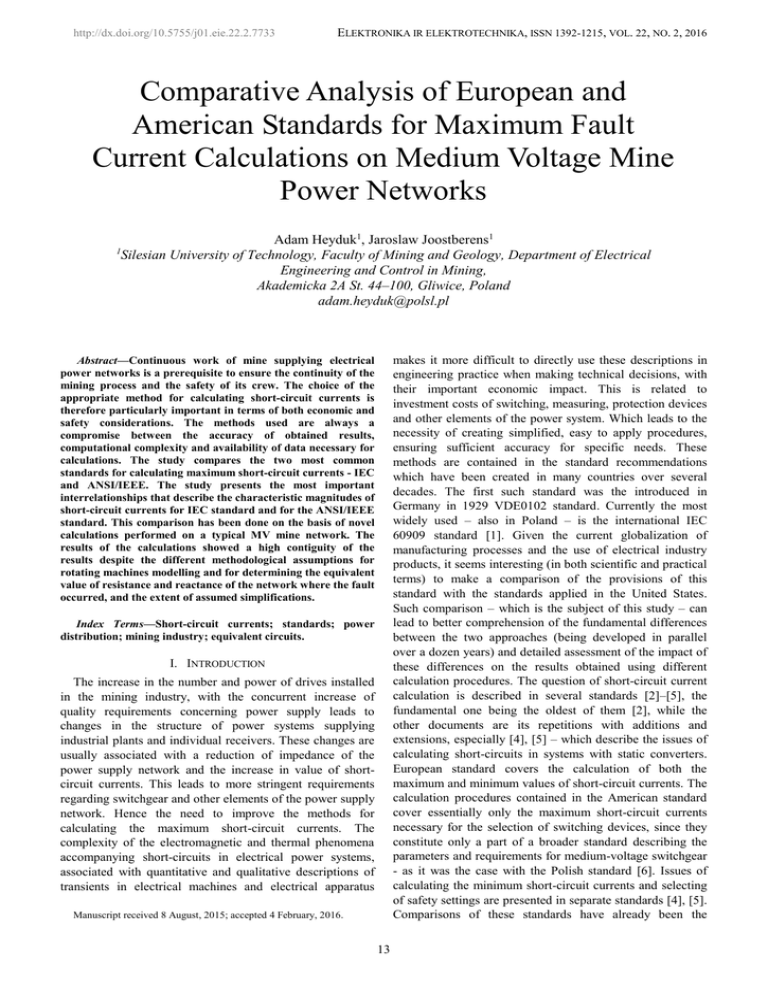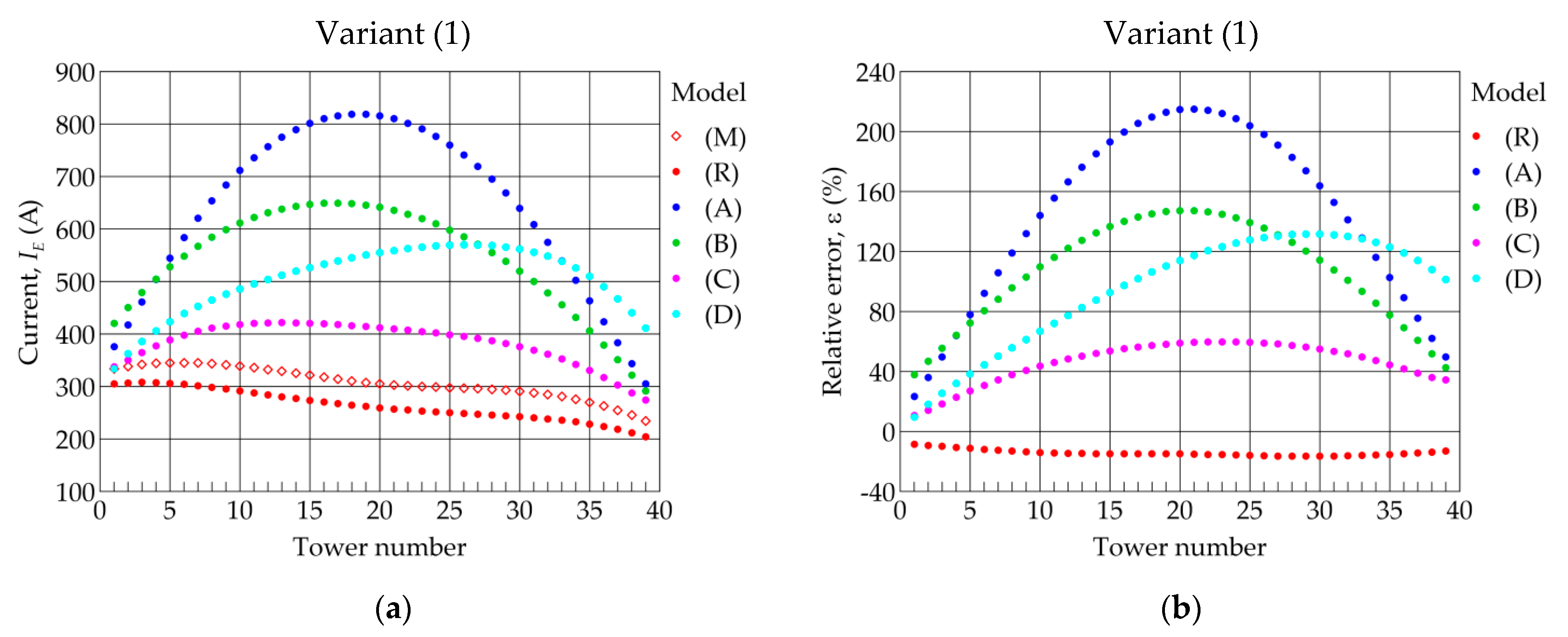

Product Details Published: ISBN(s): 9780580805240 Number of Pages: 80 File Size: Installations on board ships and aeroplanes.Īll current amendments available at time of purchase are included with the purchase of this document.

This part of IEC 60909 does not deal with the calculation of short-circuit currents in This part of IEC 60909 does not cover short-circuit currents deliberately created underĬontrolled conditions (short-circuit testing stations). Investigations of non-simultaneous short circuits, which may lead to higher aperiodic components of short-circuit current, are beyond the scope of this part of IEC 60909. NOTE The current in a three-phase short circuit is assumed to be made simultaneously in all poles. the minimum short-circuit current which can be a basis, for example, for the selection ofįuses, for the setting of protective devices, and for checking the run-up of motors.the maximum short-circuit current which determines the capacity or rating of electrical.In general, two types short-circuit currents, which differ in their magnitude, are considered: The calculation of the short-circuit impedance is in general based on the rated data of theĮlectrical equipment and the topological arrangement of the system and has the advantage ofīeing possible both for existing systems and for systems at the planning stage. Systems it is possible to determine the short-circuit impedance on the basis of measurementsĪt the location of the prospective short circuit considered. Short-circuit currents and short-circuit impedances may also be determined by system tests,īy measurement on a network analyser, or with a digital computer. Isolated neutral system or a resonance earthed neutral system, see IEC 60909-3. This part of IEC 60909 deals with the calculation of short-circuit currents in the case ofĪ single line-to-earth fault is beyond the scope of this part of IEC 60909.įor currents during two separate simultaneous single-phase line-to-earth short circuits in an Reflecting the changes to the all-important short circuit calculations in three-phase power systems according to IEC 60909-0 standard, this new edition of the practical guide retains its proven and unique concept of explanations, calculations and real-life examples of short circuits in electrical networks. Necessarily lead to the maximum short-circuit current. The superposition method gives the short-circuitĬurrent related to the one load flow presupposed. If they give at least the same precision. Special methods, for example the superposition method, adjusted to particular circumstances, Voltage source at the short-circuit location is introduced. For this calculation method, an equivalent Results which are generally of acceptable accuracy. This part of IEC 60909 establishes a general, practicable and concise procedure leading to Systems at highest voltages of 550 kV and above with long transmission lines need special Operating at a nominal frequency of 50 Hz or 60 Hz. in high-voltage three-phase AC systems,.in low-voltage three-phase AC systems, and.Short-circuit currents in three-phase a.c.BS EN 60909-0:2016 is applicable to the calculation of short-circuit currents Product Details Edition: 2.0 Published: Number of Pages: 149 File Size: contribution of power station units with ful size converters to the short-circuit current contribution of windpower station units to the short-circuit current This edition includes the following significant technical changes with respect to the previous edition: This edition constitutes a technical revision. in addition, the three-phase short circuit is calculated for a 110 kV system. This second edition cancels and replaces the first edition published in 2001. SHORT-CIRCUIT CALCULATION WITH FULLSIZE CONVERTERS ACCORDING TO IEC 60909. It establishes a general, practicable and concise procedure leading to results which are generally of acceptable accuracy and deals with the calculation of short-circuit currents in the case of balanced or unbalanced short circuits.

IEC 60909-0:2016 is applicable to the calculation of short-circuit currents in low-voltage three-phase AC systems, and in high-voltage three-phase AC systems, operating at a nominal frequency of 50 Hz or 60 Hz.


 0 kommentar(er)
0 kommentar(er)
